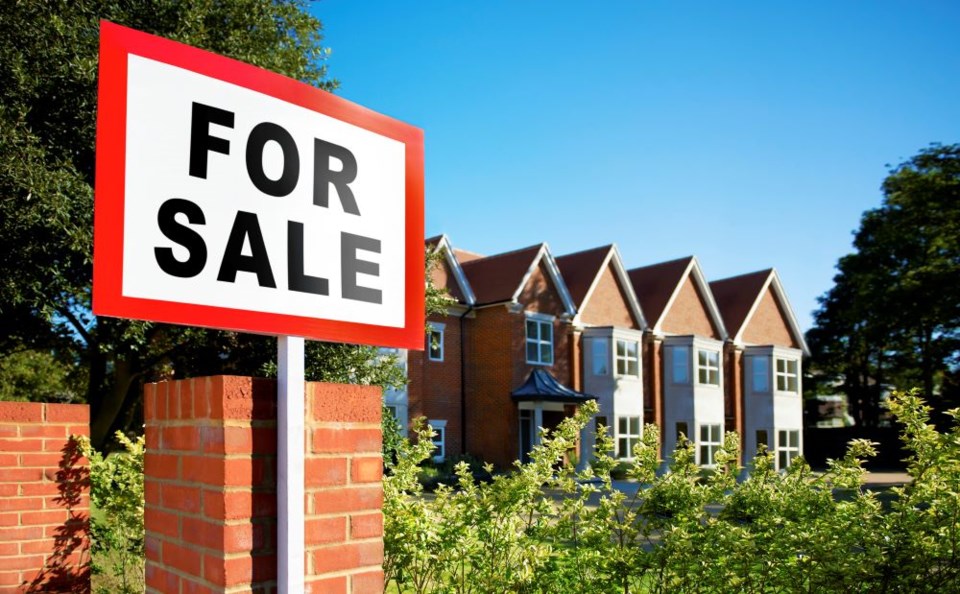Saskatchewan set a housing sales record with 17,387 units in 2021, a new high which surpassed the previous mark set in 2007 by 17 per cent, according to a news release from the Saskatchewan Realtors Association (SRA).
The SRA noted that while the pandemic has triggered vast disruptions and challenges for some sectors of the economy, housing has boomed.
“Improved savings from those not financially impacted by COVID-19, combined with low lending rates, has supported the strong sales environment we saw throughout 2021. For Saskatchewan, this shift was welcome news as the economic landscape pre-pandemic caused challenges in the housing market,” said SRA CEO Chris Guérette.
According to the SRA, every region except the southeast hit a record level of sales in 2021. However, all areas did record substantial gains in sales this year and were all well above long-term averages for their region.
All regions also recorded easing supply levels and tightening months of supply, causing many regions to shift from conditions that favoured the buyer to those that favoured the seller. Tightening supply demand balances helped support price gains across most regions in the province, with the largest price gains occurring in the Melfort and Yorkton regions this year.
The SRA says Estevan remains the only larger area in Saskatchewan to continue to see price declines this year. However, tightening conditions in that market did start to help support some upward price momentum, causing the pace of price decline to ease.
Prices did improve in every other region ranging, from an annual gain of 13 per cent in Warman to the lowest price gain of three per cent in Weyburn. While prices improved across most areas, full recovery has not occurred in some.
New record prices occurred in Saskatoon, Martensville, Warman, Humboldt, Melfort, North Battleford and Meadow Lake.
In the southeast for December, there were 32 units sold and 68 new listings, bringing the total inventory to 563 listings. According to the SRA, there is 17.59 months of supply, and the average time spent on the market was 108 days. The average price was $191,413.
For the year, there were 651 units sold in the southeast, and 1,266 properties were listed. The average time spent on the market was 149, and the average price was $203,729, a nine per cent increase.
While new listings did improve this year, inventory levels still trended down. Inventory levels in the province were 16 per cent below long-term trends, a significant shift from a few years ago where supply levels hit record highs.
Reductions in inventory and strong demand ensured the market favoured the seller for most of the year. This resulted in an annual benchmark price gain of over seven per cent. While the price gains were significant, it was not enough to erase the losses recorded throughout 2015-2019 and prices remain three per cent below the 2014 high.
There is also significant variation depending on property type and location. In Saskatchewan, single family home prices are only one per cent below previous highs, whereas condominium properties remain 17 per cent below the 2014 high.
“Housing is an important component to the overall economy and the availability of affordable ownership options can help attract people to a city. Creating a robust system of affordability metrics that considers supply, average salaries and housing prices is something policy makers should be incorporating into their analysis,” said Guérette.
Despite recent economic uncertainty caused by the Omicron variant, inflationary pressure is expected to persist, and lending rates are expected to rise. This is expected to weigh on housing sales in 2022, the SRA said. However, Saskatchewan has entered the new year with low levels of inventory indicating it will take some time for the market to shift toward more balanced conditions.
With tight conditions expected to persist throughout the earlier part of the year, Saskatchewan could continue to see some price growth in 2022, albeit at a much slower pace than was experienced in 2021.




